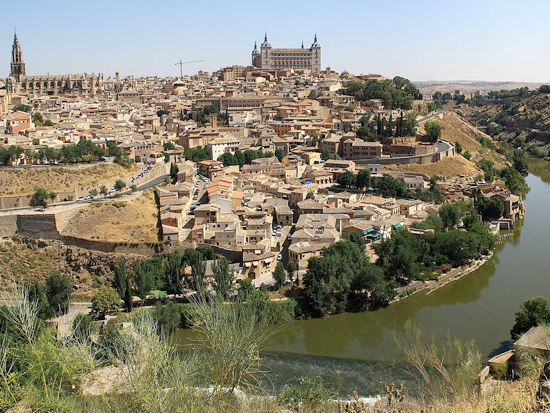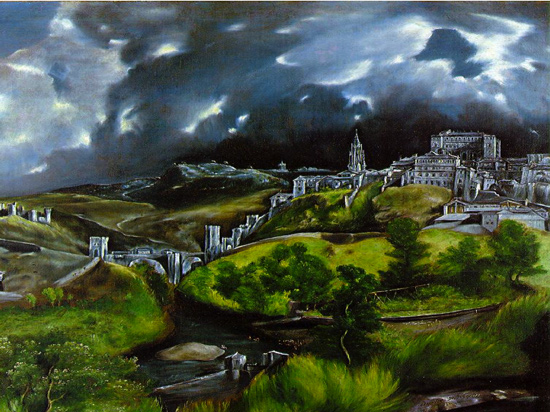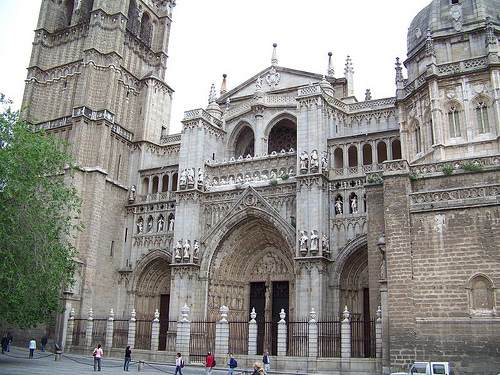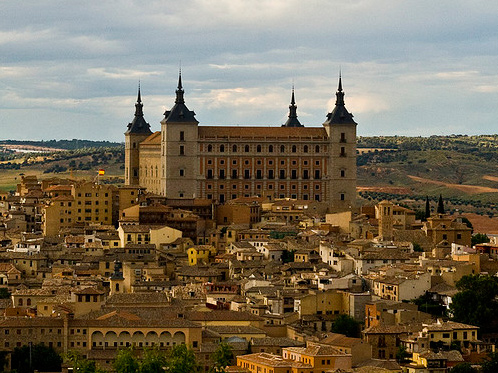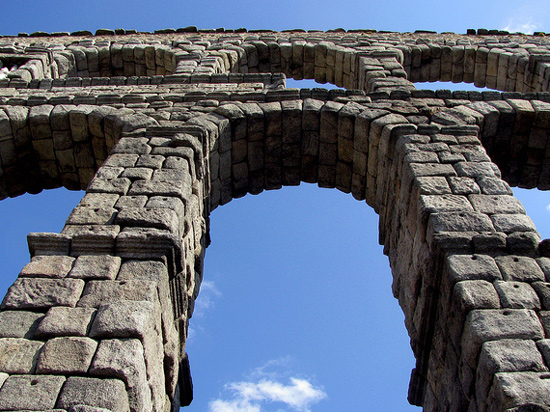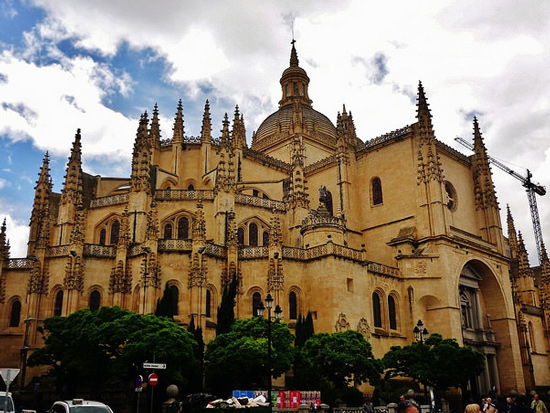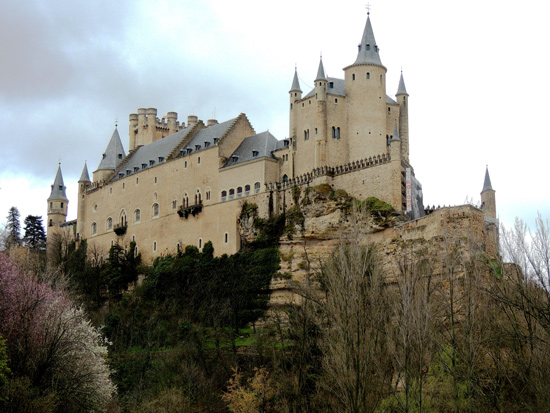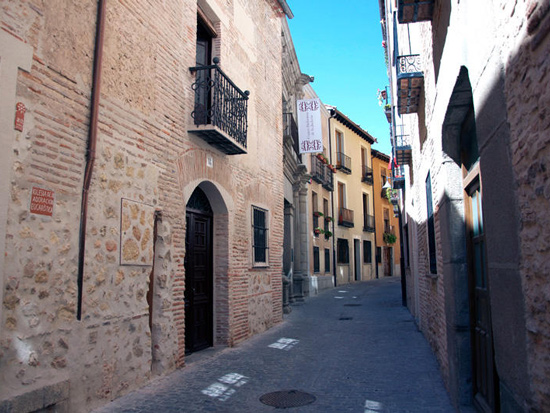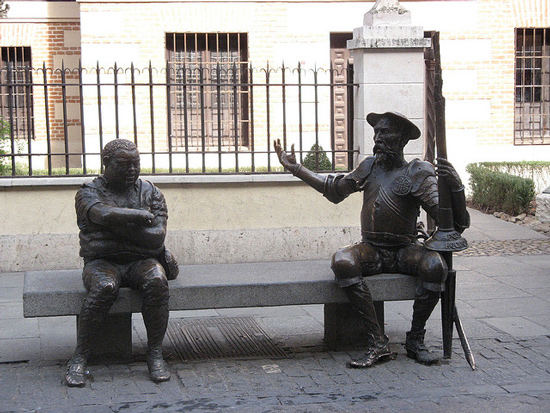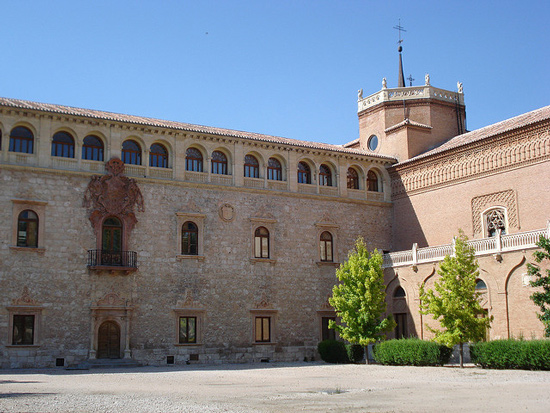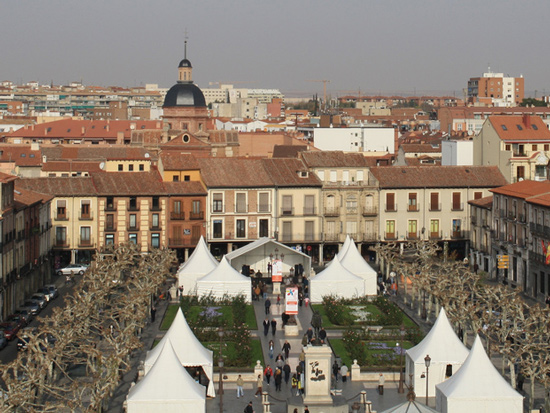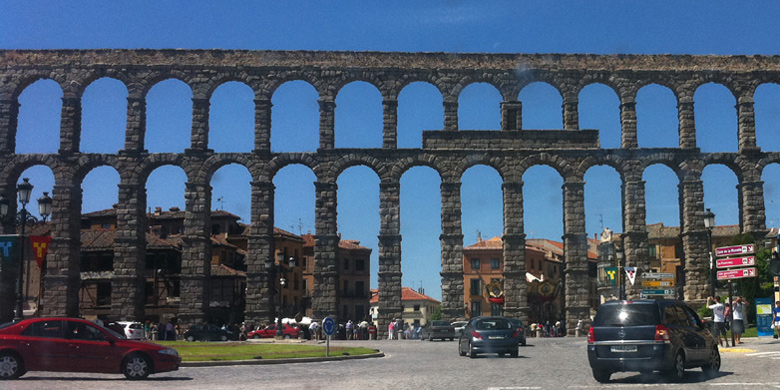
21 Dec Trips from Madrid
Madrid is a city that offers unparalleled cultural and gastronomic experiences, a vibrant nightlife and a lot of tourist attractions. Moreover, Madrid serves as an excellent starting point for trips to several other cities. Eurotourtrip presents various options to complete your visit to Madrid.
TOLEDO
Toledo is known as the “Imperial City”, since it was the capital during the Spanish empire, as well as the “City of the Three Cultures”, because it has historically been influenced by Christians, Muslims and Jews. The old city is located on a mountaintop, by the Tagus River.
The best way to discover Toledo is to walk the streets, and explore the sheds, alleys, patios, gates, bridges, city walls, churches, mosques and synagogues as well as its many historical sites such as:
- Alcázar is a 16th century fortress, located in the highest part of the town, overlooking the city. From 2009, it has housed the Spanish Army Museum.
- The city’s gothic cathedral, from the thirteenth century, has been recognized as the primate cathedral over all others within the kingdom.
- The El Greco Museum is a house-museum designed as a recreation of the artist’s home that was lost centuries ago. It houses several important paintings.
- The Zocodover is a central marketplace.
- Mirador del Valleis is a viewpoint at the top of the valley, over the river Tagus. It gives visitors a panoramic view over the beautiful Toledo.
| Toledo, España | 5°C overcast clouds | |
Wind
3 m/s, ENE
Humidity
88%
Pressure
762.07 mmHg | ||
SEGOVIA
- Segovia is located on the plains of the Old Castle, 90 km north of Madrid. In 1985 the old city of Segovia and its Aqueduct were declared World Heritage Sites by UNESCO. The old city contains a multitude of historic buildings both civil and religious.
- The Aqueduct of Segovia is one of the most magnificent works that the Romans left in its vast empire. It was built in the early second century BCE to conduct water to Segovia from the mountains. The aqueduct runs over 15 kilometers before reaching the city.
- Alcázar de Segovia is one of the most important monuments of Spain. The castle is a shaped like the bow of ship and is located on a hill. Alcázar was originally intended to be a fortress, but it has also served as a royal palace, a prison and a military academy. Currently it serves as a museum.
- The cathedral, located in the Plaza Mayor, is built in a late Gothic style. Construction began in 1525.
- The Jewish Quarter is an area of charming, narrow, medieval streets. The Hebrews used to live there until they were exiled in 1942. This is a small place, but it is well worth seeing.
| Segovia, España | 2°C light snow | |
Wind
1 m/s, SE
Humidity
86%
Pressure
762.07 mmHg | ||
ALCALÁ DE HENARES
Alcalá is located 30 kilometers east of the capital. In 1499, the Complutense University was founded in Alcalá, and soon became one of the main centers of European Renaissance culture. Because of this, Alcalá is also known as the City of Arts and Letters. In 1547, the famous Spanish writer and author of Don Quixote, Miguel de Cervantes, was born in Alcalá. This historic town was declared a World Heritage Site by UNESCO in 1998, and it is one of the most beautiful and best-preserved towns in Europe. Some of the major historical sites are:
- Universidad de Alcalá and Colegio Mayor de San Ildefonso
- The Archbishop’s Palace
- The Walled city
- The Cathedral
Eating tapas in Alcalá de Henares is one of the best ways to see the city while enjoying a wide, imaginative and varied cuisine. It covers a variety of flavors and sensations that make this cuisine one of the main signs of identity of the city.
| Alcala de Henares, Espanja | 3°C clear sky | |
Wind
2 m/s, NNE
Humidity
91%
Pressure
762.07 mmHg | ||

